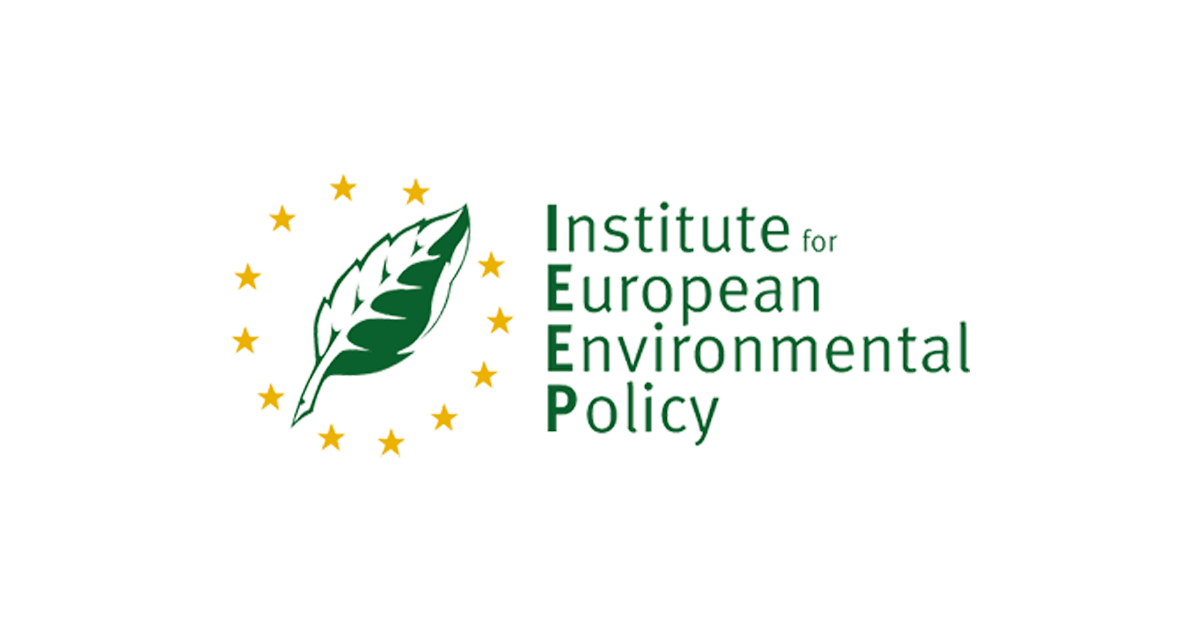Very little additional environmental value will be delivered by the revised Common Agricultural Policy, agreed today in Brussels between the European Parliament, the Council and the Commission.
An attempt by the European Commission to place the environment more centrally within agricultural policy has been comprehensively watered down in the final agreement.
The principle that 30 per cent of core spending on the CAP should be focussed on the environment has been established, then only to be undermined by a sea of compromises. The commitments that remain are a far cry from what is needed to address the serious environmental deficit facing Europe over the coming decades.
One of the boldest and potentially most effective elements of the reform was the introduction of three greening measures in Pillar 1[1]. Of these, the Ecological Focus Areas (EFA) could have represented a real change for the sustainability of arable farming. However, this will now apply only to a minority of arable land many parts of Europe. This is a real missed opportunity.
Commenting on the agreement, Kaley Hart from IEEP stated:
“Combined with a reduction in cross compliance requirements[2] a disproportionate reduction in the rural development budget compared to that for Pillar 1 and the option for governments to shift a large proportion of their rural development budget to shore up direct payments to farmers, there have been too many deals at the expense of the environment ”
On the positive side, a solution has been found to avoid the misuse of taxpayers money through double funding activities in both Pillar 1 and Pillar 2. Also, Member States are to be required to allocate a minimum of 30 per cent of their much reduced rural development budget to environmental and climate focussed measures[3].
“However, the outcome is doubly disappointing because yet again it fails to recognise the fact that a healthy and resilient natural environment is essential for the long term productivity and prosperity of rural areas. Instead short term thinking and vested interests win the day.”
Society will continue to question the rationale for providing large scale support for agriculture in Europe. The opportunity for addressing such fundamental questions may present itself sooner than expected. A mid-term review of today’s agreement seems inevitable.
For more information please contact:
Kaley Hart, Institute for European Environmental Policy, t. +44 (0) 207 799 2244 or khart@ieep.eu
Notes:
- [1] Greening measures: Under the Commission’s proposals, 30 per cent of Pillar 1 national envelopes were to be used to fund three environmental measures as follows: Crop diversification: three different crops to be grown on arable land over 3 hectares, with no crop covering less than 5 per cent of the area and the main crop covering no more than 70 per cent. Permanent grassland: maintain 95 per cent of the area of permanent grassland on the holding as declared in 2014. Ecological Focus Areas: 7 per cent of the holding (excluding permanent grassland) must be managed as ecological focus areas, examples of which include landscape features, fallow land and buffer strips (European Commission COM(2011) 625 final).
- [2] The Commission proposed a revised suite of standards of Good Agricultural and Environmental Condition to apply for 2014-2020. These reduced the number of standards for the environment to take account of the new greening. Out of those that remained, the proposed new GAEC 7 for the protection of carbon rich soils has been removed. Also removed from the final text is the requirement for the Water Framework Directive and the Sustainable Use of Pesticides Directive to become Statutory Management Requirements under cross-compliance when they come into force in Member States.
- [3] At least 30% of the total EAFRD funds must be reserved for measures under Articles 18 (Investment), 22 to 27 (Forestry) , 29 (Agri-Environment), 30 (Organic farming) and 31 (Natura, excluding WFD-related payments), 32 and 33 (ANCs) and 35 (Forest Environment Measure).


